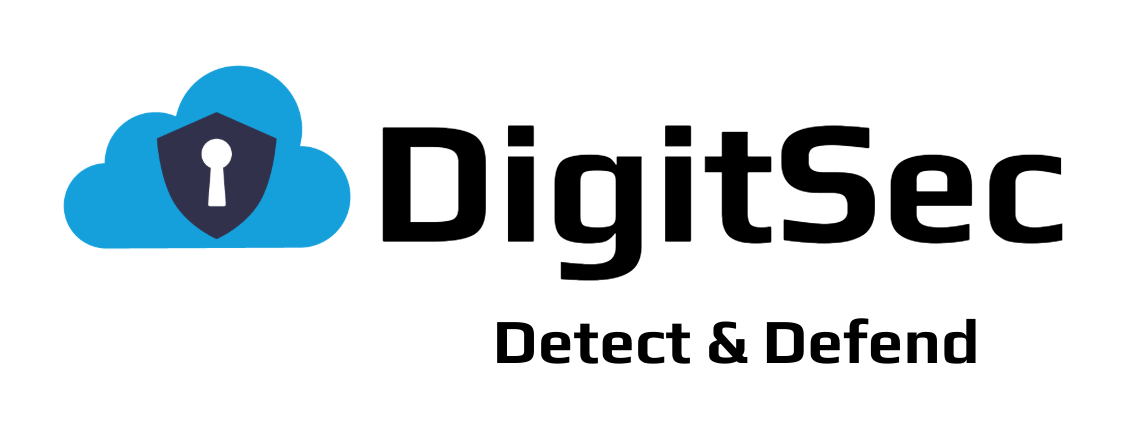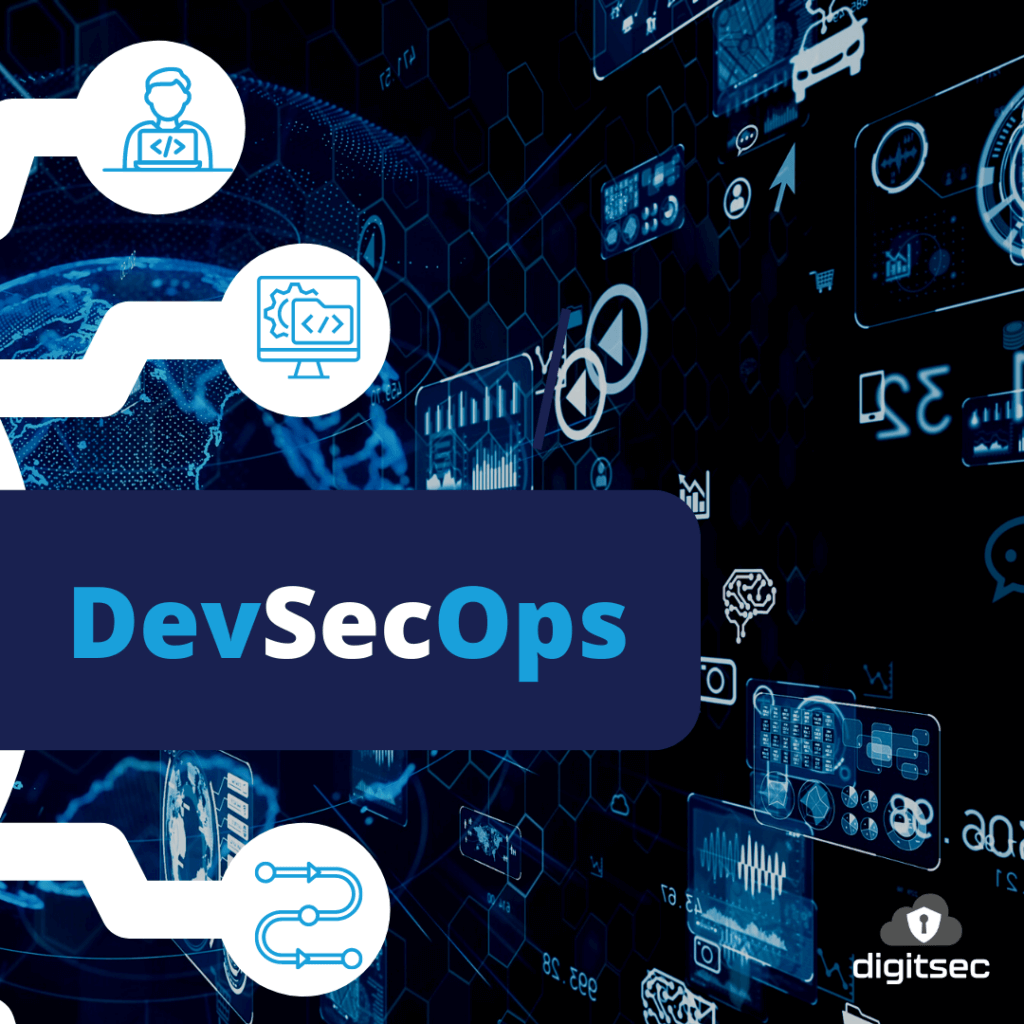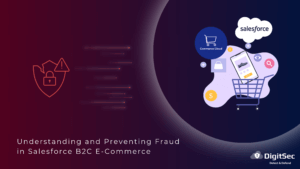Companies have spent years migrating their infrastructure and business systems to the cloud. As this adoption increased, it became imperative for SaaS-based systems to provide flexibility to their customers by allowing them to deploy code and integrate with other SaaS software.
This initial wave of digital transformation moved IT to the edge, allowing them to focus on their business demands rather than maintaining and updating software and hardware.
The pandemic accelerated Digital Transformation to a surprising velocity. Organizations that had already moved to a cloud-based work environment were well positioned as their workforce pivoted to remote work. At the same time, however, not being in the office created technology intensity around new collaboration and process issues.
The demand on organizations to leverage the flexibility of these SaaS solutions also increased and the response has been the proliferation of DevOps.
Bringing Together the Right People & Processes
Almost every tech executive has heard of DevOps before. Many know the promise it holds to weave together strong development practices, flexible infrastructure management practices and robust testing regimes with powerful code and project management tools.
Experienced executives also know what a challenge it can be to bring together the right people and the right tools to put the right processes in place, alongside the right culture, to recognize the full potential of those tools and processes. The desired end result is a collaborative development environment in which the entire software development lifecycle is transparently managed, and that testing and deployment steps rely more heavily on automation while management achieves a more fulsome insight into progress.
But software developers and administrators are not security experts. That has always been a specialized domain for security professionals. There was a saying at Microsoft that essentially said the best way to learn how to develop software was to figure out how to break it.
Specifically, developers trained to BUILD things will likely have blind spots to how things can be BROKEN. Security professionals are trained and skilled at breaking into systems. Those skills are greatly in demand as companies and organizations seek to protect themselves from a data breach.
Solving for Security Requires the Right Tools
It has been clear that the solution is to equip front-line developers, administrators, and managers with a platform that can alert them to vulnerabilities in their code and configurations. Using the same approach that a Penetration Testing service might use to probe for weaknesses, we’ve developed a tool that seamlessly integrates with an organization’s software development lifecycle.
Developers can check their code for potential vulnerabilities before ever checking it into a repository. Teams can push a build into a Dev or Test environment and run Dynamic Application Security Tests in a live environment for greater assurance than Static Application Security Testing can provide (also the best, automated method to eliminate false-positives).
This truly empowers DevSecOps: adding Security as a component step of the Software Development Lifecycle at early stages. By leveraging Software as a Service, you’ve narrowly focused your team’s development efforts to only the functionality needed to extend that software, but that focus can’t overlook security considerations. Integrating frequent and regular security checks can provide a high base level of assurance across all environments.
All of the investment in DevOps to ensure that your applications are rigorously tested and checked before being put into production can now also be leveraged to include security.






